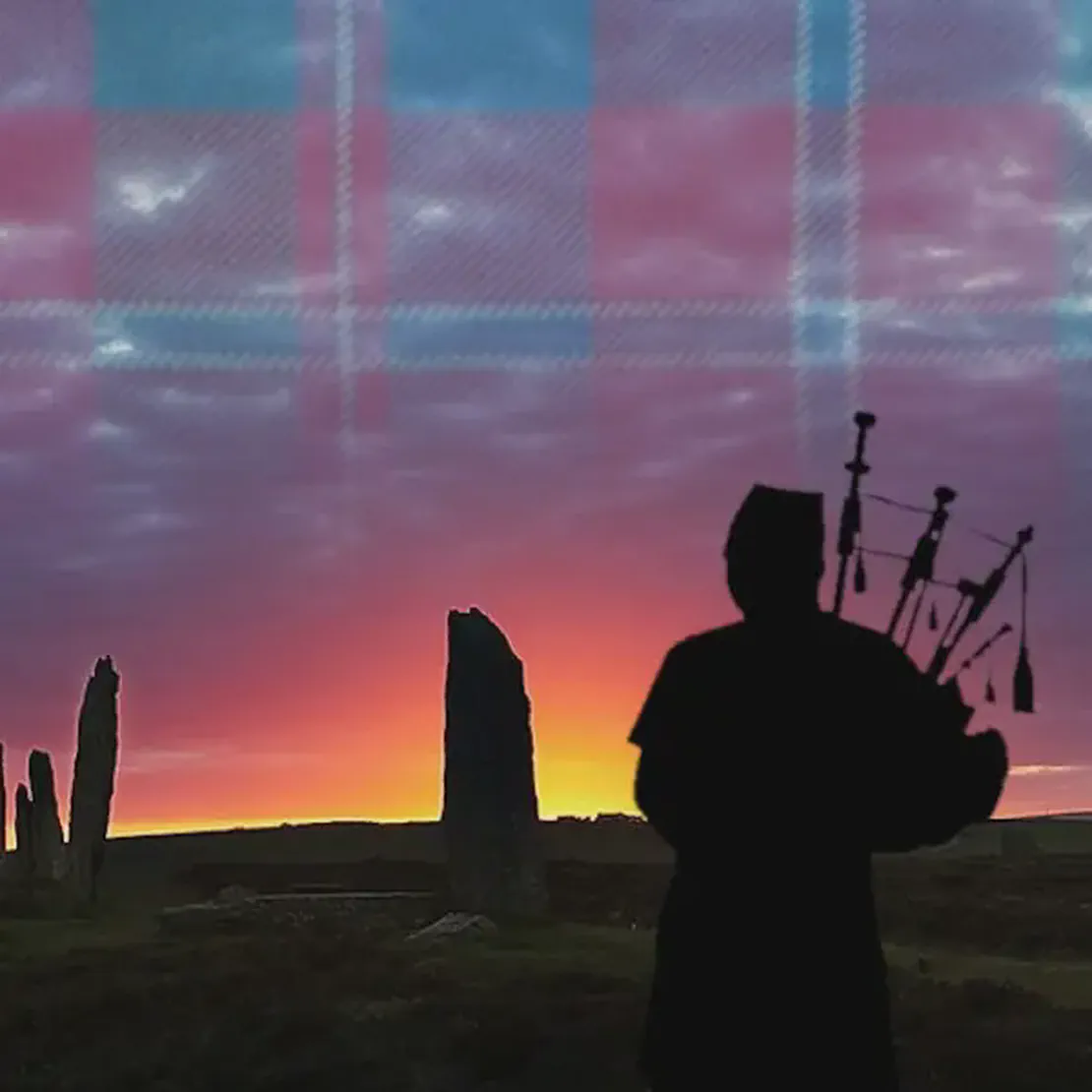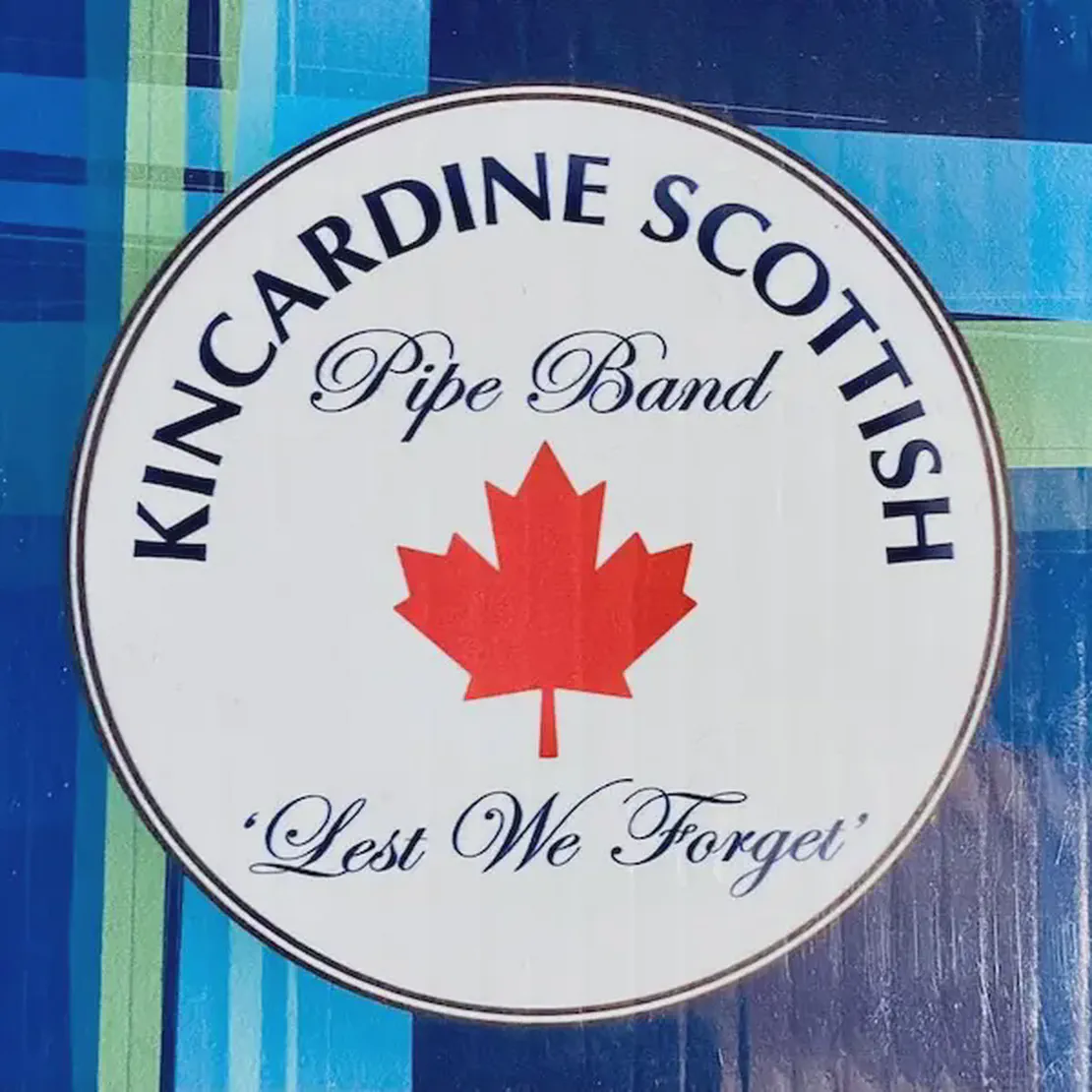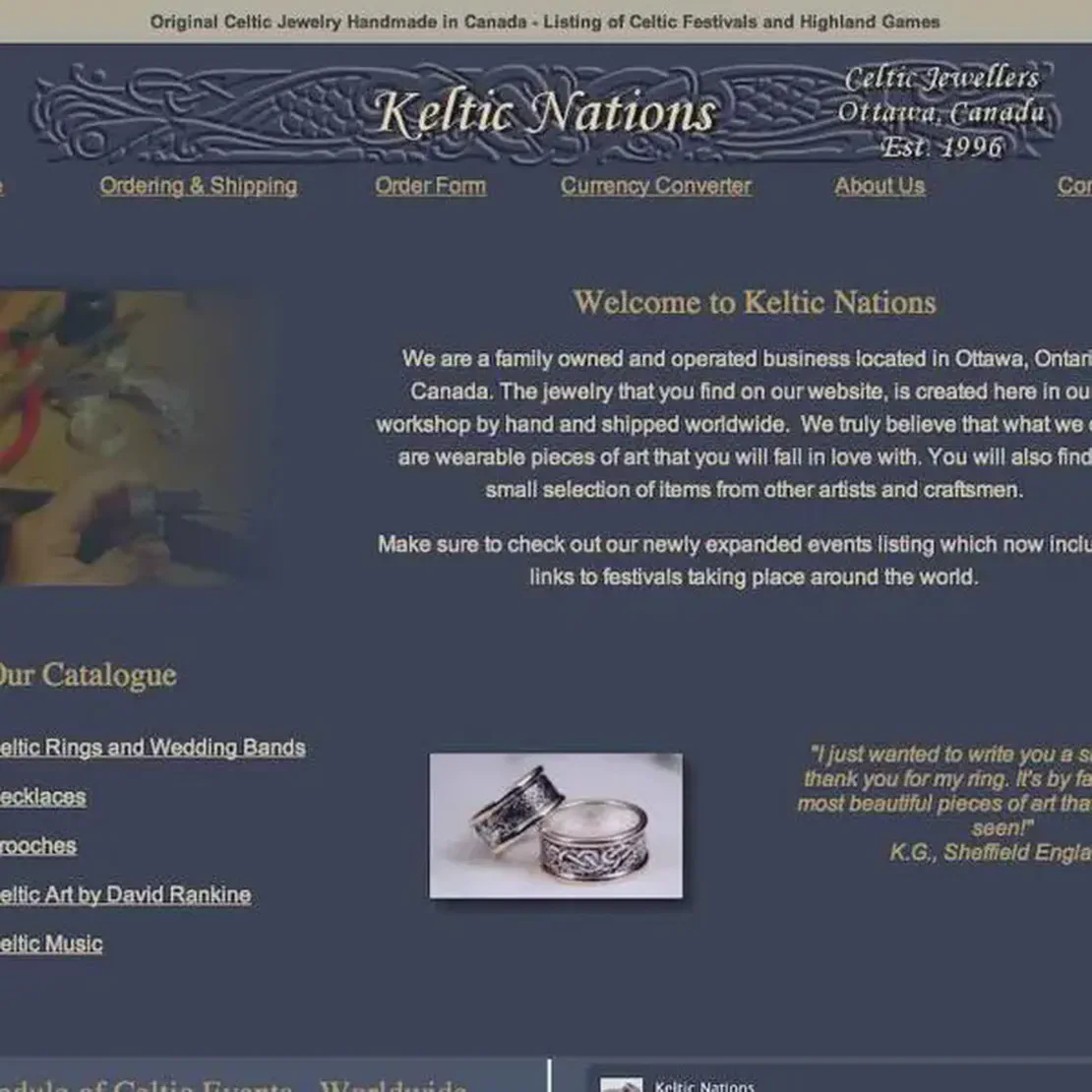- Instrument
- August 18, 2024
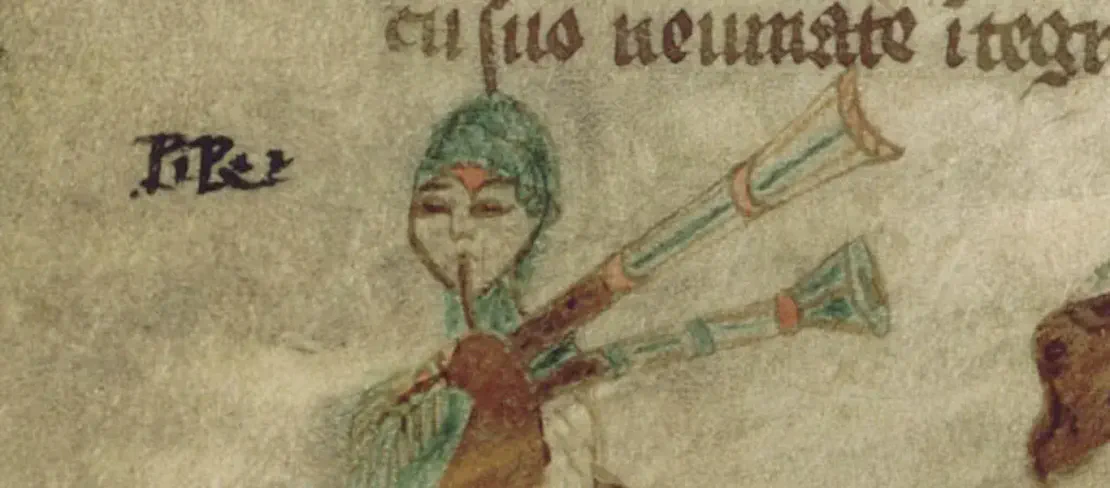
Bagpipes have a significant and storied history in Ireland, though they are often more closely associated with Scotland.
Great Irish Warpipes
History: The Great Irish Warpipes, or Píob Mhór, were used historically in Irish warfare, much like their Scottish counterparts. These pipes were loud, with a deep, booming sound, designed to inspire troops in battle.
Decline and Revival: The use of the Great Irish Warpipes declined after the 17th century but has seen some revival in the 20th and 21st centuries, particularly in ceremonial contexts.
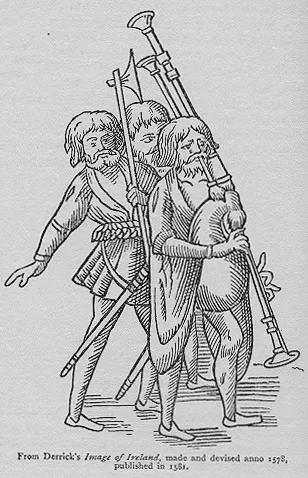
One of the earliest references to the Irish bagpipes comes from an account of the funeral of Donnchadh mac Ceallach, king of Osraige in AD 927. A likely first reference to bagpipes being played in war is found in a manuscript written between 1484 and 1487 containing an Irish Gaelic version of “Fierabras”: the quote “sinnter adharca & píba agaibh do tionól bur sluaigh” translates as “let horns and pipes be played by you to gather your host”.
The first clear references to the Irish píob mhór relate to Henry VIII’s siege of Boulogne. A muster roll of the “Kerne to be transported into Englaunde to serve the kinge” contains entries of various pipers attached to these forces, such as “The Baron of Delvene’s Kerne: Brene McGuntyre pyper”. and according to an entry in Holinshed’s Chronicles (1577) for May 1544, “In the same moneth also passed through the citie of London in warlike manner, to the number of seven hundred Irishmen, having for their weapons darts and handguns with bagpipes before them: and in St. James Park besides Westminster they mustered before the king.”
In a 1581 volume, musician Vincenzo Galilei, the father of the astronomer Galileo, wrote that the bagpipe “is much used by the Irish: to its sound this unconquered fierce and warlike people march their armies and encourage each other to deeds of valor. With it they also accompany the dead to the grave making such sorrowful sounds as to invite, nay to compel the bystander to weep”.
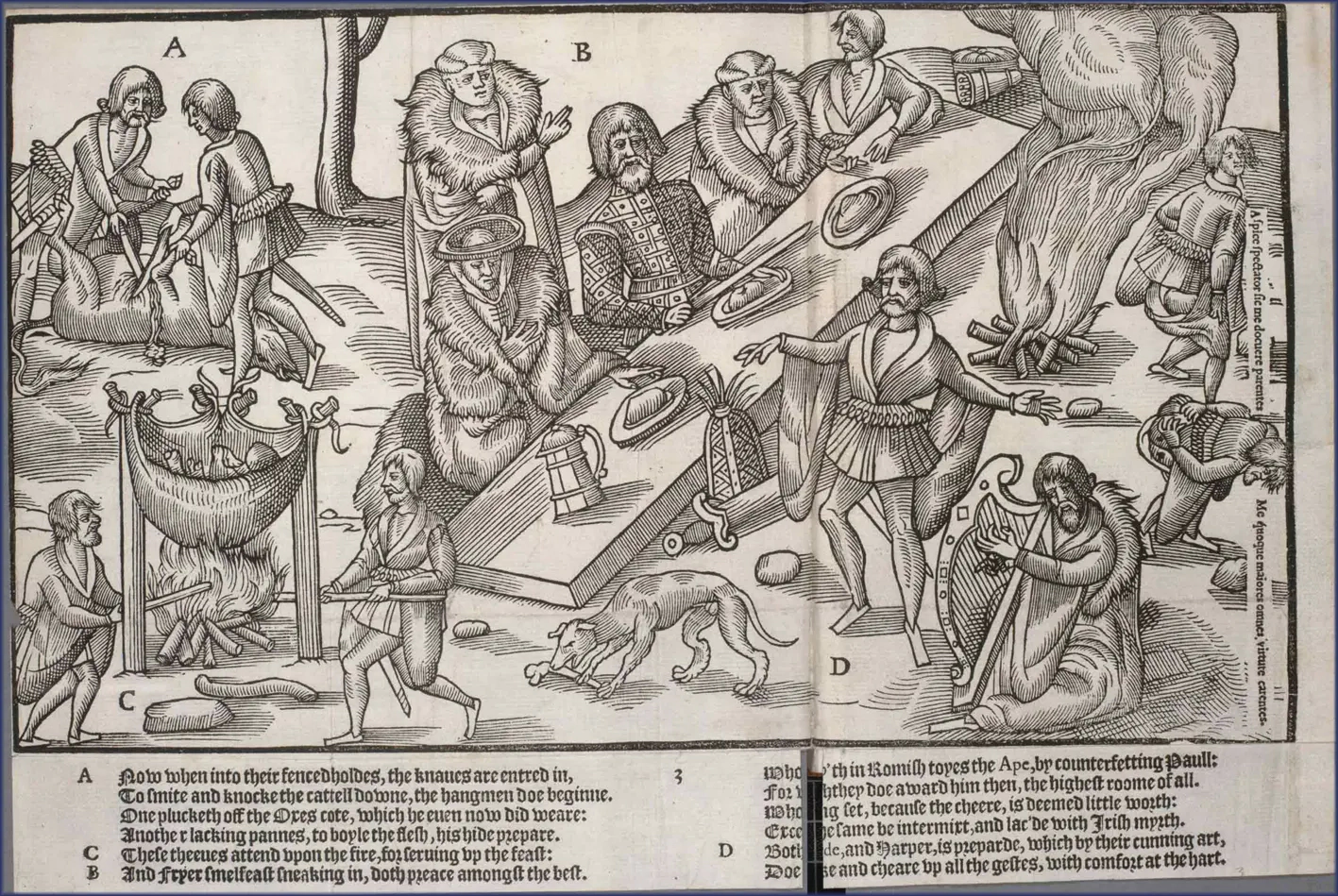
In the same year, John Derricke published the poem “The Image of Ireland”, in which the pipes are already used to convey signals in battle:
- Now goe the foes to wracke
- The Kerne apace doe sweate
- And baggepype then instead of Trompe
- Doe lull the back retreate
